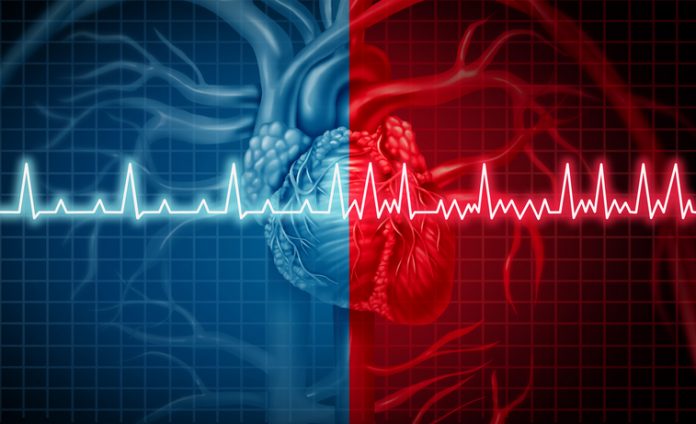
Research led by The University of British Columbia shows that it is possible to diagnose long QT syndrome, an inherited heart disorder, using a combination of electrocardiography (ECG) data and artificial intelligence (AI).
As reported in JAMA Cardiology, the researchers used a deep-learning based neural network to accurately diagnose long QT syndrome and were also able to differentiate between the two most common genotypes (LQT1 and LQT2) involving variants in the genes KCNQ1 or KCNH2.
Long QT syndrome affects approximately one in 7000 people and in most cases (80% or more) it is an inherited genetic condition involving variants in around 15 or more genes. People with the condition have occasional irregular heartbeat, which can be triggered by environmental factors such as exercise, stress, or submission into cold water. While the condition can be managed if diagnosed early enough, sudden arrhythmias can be fatal particularly if the person affected is undiagnosed and untreated.
Standard ECG testing is used to measure the electrical signals in the heart and check for any heartbeat irregularity. People with long QT syndrome tend to have a longer than normal QT interval on ECG tests, but this does not always show up on testing. Although there are a number of genetic variants that can cause long QT syndrome, the two most common genotypes, involving the genes KCNQ1 and KCNH2, account for up to 65% of all cases.
Genetic testing can help back up a diagnosis of long QT syndrome diagnosed using ECG, but such testing is not always available and even if it is available, if the mutation is a rarer one it may not be detected.
Diagnostic doubts about this syndrome can lead to under or over diagnosis and a more accurate method of quick diagnosis using ECG data would be helpful for clinicians. Artificial intelligence is being increasingly used to help diagnose medical conditions using imaging and various recent studies have suggested it can also be used to interpret ECG data.
In this study, Andrew Krahn, a professor at The University of British Columbia, and colleagues developed a deep learning–based neural network to look for signs of long QT syndrome on ECG readouts.
Overall, 4521 ECGs from 990 people with suspected inherited arrhythmia enrolled in the Hearts in Rhythm Organization Registry (HiRO) from 2012 to 2021 were assessed and used to train the neural network. A validation cohort of 101 patients was then used to test the accuracy of the network for diagnosing long QT.
The neural network was able to accurately diagnose long QT syndrome (AUC: 0.93) and accurately differentiate between the two most common genotypes (AUC: 0.91) to a higher degree of accuracy than that obtained using expert-measured long-QT intervals on ECG readouts.
“Our model’s strength lies in detecting long QT syndrome in ECGs even with normal or borderline QTc intervals. This could be crucial for screening, helping identify patients who may need further provocative or genetic testing or who are at risk of QT-mediated arrhythmias when exposed to QT-prolonging drugs,” write the authors.
“Broader validation over an unselected general population may support broad application of this model to stratify torsade de pointes risk in patients with suspected long QT syndrome.”












